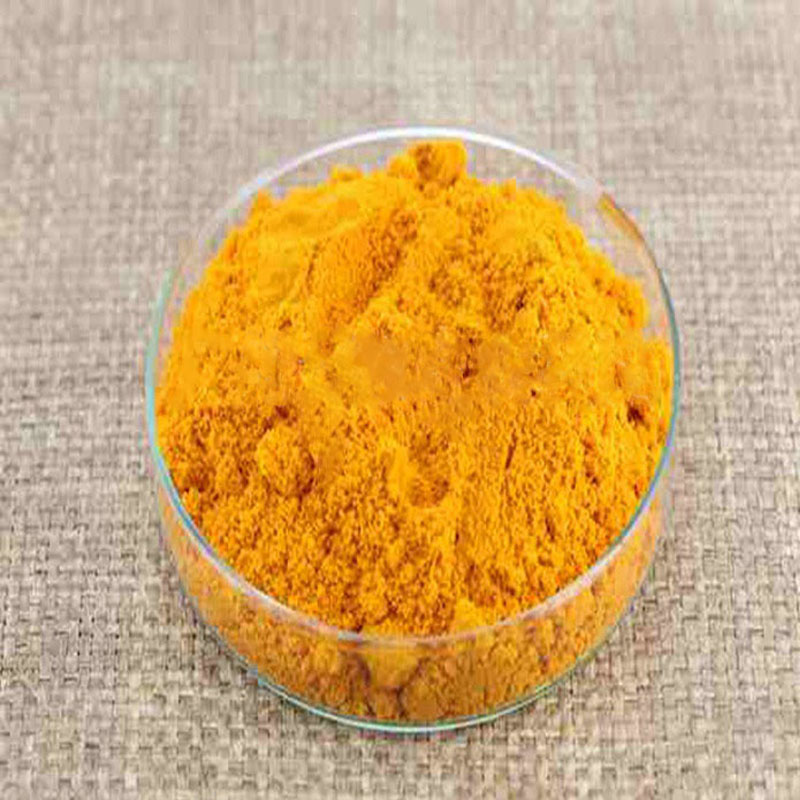- No. 268 Xianghe Street, Economic Development Zone of Xingtai city, Hebei 054001 China
- Byron@hbhongri.cn
capsicum and paprika
Capsicum and Paprika A Vibrant World of Flavor and Color
When we think of spices and peppers, two terms that often come to mind are capsicum and paprika. While they are often used interchangeably, they actually refer to distinct culinary ingredients that come from the same family of plants. This article explores the differences, health benefits, culinary uses, and cultural significance of capsicum and paprika, showcasing their vibrant contribution to global cuisine.
Understanding Capsicum
Capsicum is a genus of flowering plants belonging to the nightshade family, Solanaceae. It includes a wide variety of peppers, both sweet and hot. The genus is divided into several species, with Capsicum annuum, Capsicum frutescens, Capsicum chinense, and Capsicum baccatum being the most commonly cultivated. Capsicum peppers can range from sweet bell peppers to fiery chili peppers, making them incredibly versatile in both taste and culinary application.
Sweet bell peppers, which are found in many kitchens around the world, are often consumed raw in salads, roasted, or stuffed with various fillings. On the other hand, hot peppers are frequently used to add heat and flavor to dishes. The spiciness of these peppers is measured by the Scoville scale, which quantifies the concentration of capsaicin, the compound responsible for the heat.
Exploring Paprika
Paprika, on the other hand, is a spice made from ground capsicum peppers. Originating from Central America, it was brought to Europe by Spanish and Portuguese explorers in the 16th century. The term paprika is often used to describe a specific blend of these ground peppers that can range in flavor from sweet to intensely hot, depending on the varieties used.
There are multiple types of paprika, notably sweet, smoked, and hot varieties. Sweet paprika, often used in Spanish dishes, adds a rich red color and a mild flavor, while smoked paprika provides a distinctive smoky aroma that enhances stews, meats, and vegetables. Hot paprika is more pungent and is commonly used in Hungarian cuisine, notably in dishes like goulash.
Health Benefits
Both capsicum and paprika come packed with health benefits. They are excellent sources of vitamins A and C, which are essential for maintaining healthy skin, vision, and immune function. Capsicum peppers are also rich in antioxidants that help combat oxidative stress in the body.
capsicum and paprika

Moreover, the capsaicin found in hot peppers has been associated with various health benefits, including pain relief, improved metabolism, and even cardiovascular health. Consuming chili peppers can stimulate the production of endorphins, creating a sense of well-being, which is why many people enjoy adding spice to their meals.
Culinary Uses
The culinary versatility of capsicum and paprika cannot be overstated. Capsicum peppers can be grilled, roasted, sautéed, or eaten raw. They form the base of many dishes across cultures, from salsas and curries to stir-fries and ratatouille.
Paprika, on the other hand, serves as a seasoning that can enhance the flavor and appearance of a plethora of dishes. It is sprinkled over deviled eggs, incorporated into spice rubs for meats, or stirred into creamy soups. Moreover, it's often used as a garnish, providing a visual pop of color that makes dishes more appetizing.
Cultural Significance
Capsicum and paprika hold significant places in various cultures around the world. In Hungary, paprika is considered a national spice and is often used in traditional dishes. Hungarian cuisine would be incomplete without paprika, which adds depth and warmth to iconic dishes like goulash and stews.
In contrast, the vibrant colors of capsicum peppers are celebrated in many Latino dishes, where they are often used in combinations with beans, corn, and meats, reflecting the rich agricultural traditions of the region.
Conclusion
Capsicum and paprika are not only essential ingredients that enhance the flavors of our meals but also vibrant components of our culinary heritage. From the sweet crunch of bell peppers to the smoky depth of paprika, these ingredients offer a world of possibilities that can excite our palates and nourish our bodies. Embracing the diverse range of capsicum and paprika not only elevates our cooking but also connects us to rich traditions and cultures worldwide. So, the next time you reach for a pepper or a jar of paprika, remember the stories and flavors they carry, enriching your culinary journey one dish at a time.
-
Turmeric Rhizome Powder: A Golden Treasure from Roots to TableNewsJul.28,2025
-
The Versatile Application Of Crushed Red Hot Peppers: Lighting Up The Red Flames On The Dining TableNewsJul.28,2025
-
The Paprika: A Touch Of Vibrant Red In Color, Flavor, And CultureNewsJul.28,2025
-
Ground Turmeric: A Modern Examination of an Ancient SpiceNewsJul.28,2025
-
Capsicum Liquid Extract: Features, Applications, and ChallengesNewsJul.28,2025
-
Application of Capsicum Liquid Extract in FoodNewsJul.28,2025







